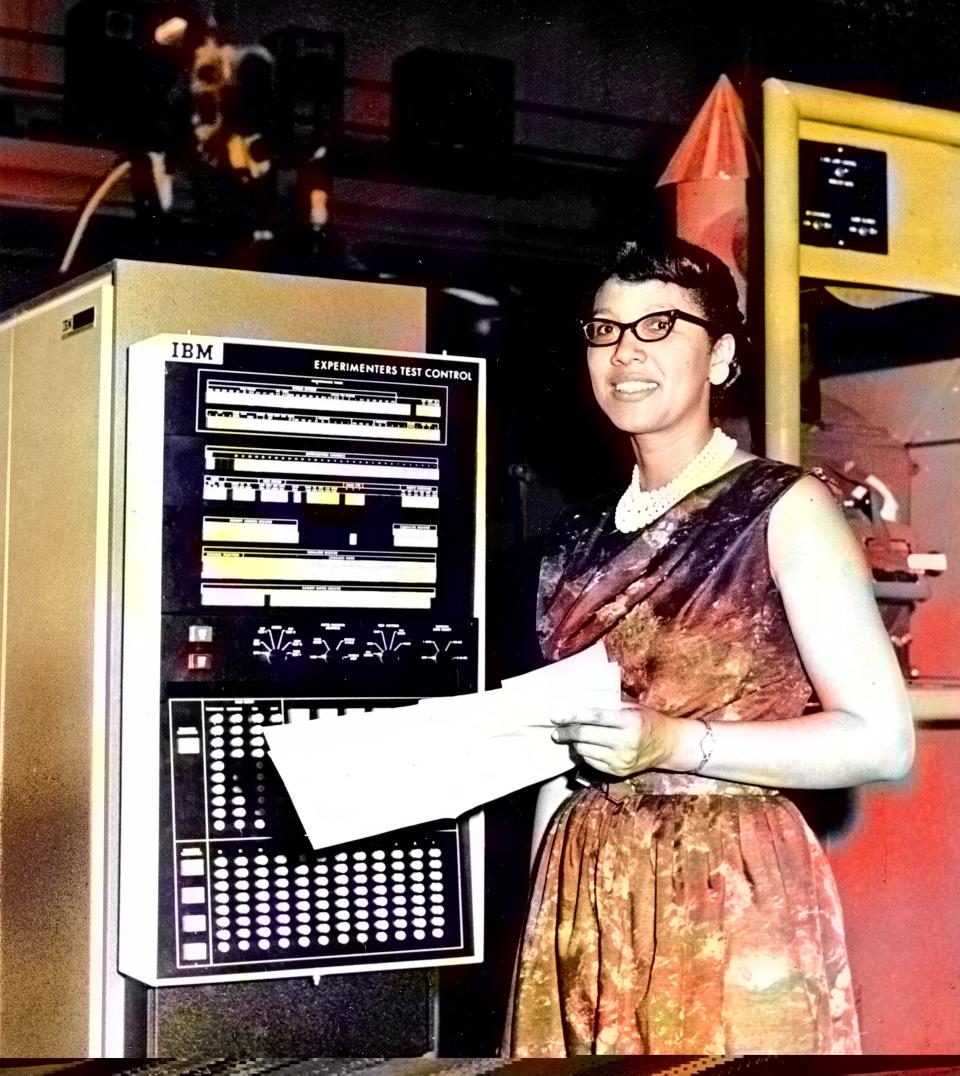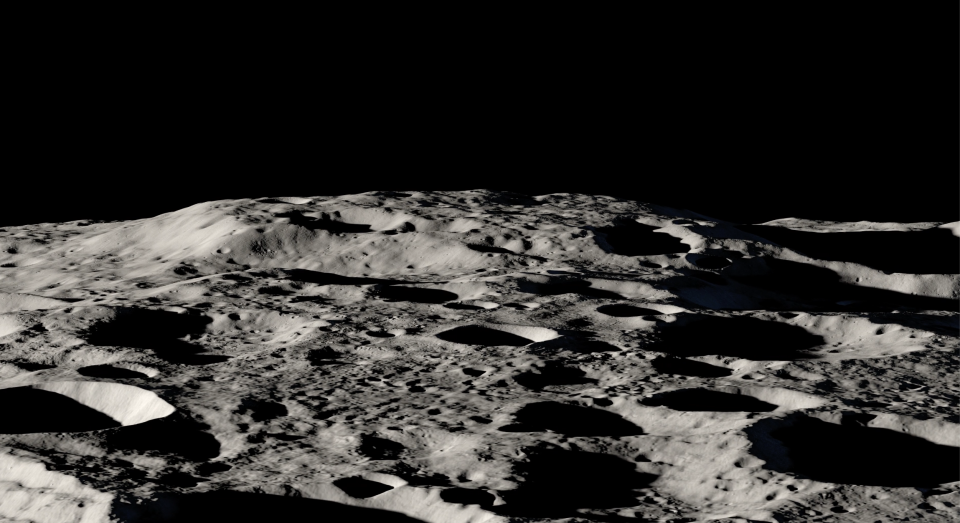20,000-foot-tall mountain on the moon named in honor of trailblazing computer scientist Melba Roy Mouton

The International Astronomical Union (IAU) has named a 20,000-foot-tall (6,000 meters) mountain on the moon in honor of pioneering American mathematician Melba Roy Mouton.
Among many other accomplishments during her 14 years at NASA, Mouton received an Apollo Achievement Award for her part in the successful Apollo 11 moon landing on July 20,1969.
"Melba Mouton was one of our pioneering leaders at NASA," Sandra Connelly, acting associate administrator for science at NASA Headquarters in Washington, D.C., said in a statement. "She not only helped NASA take the lead in exploring the unknown in air and space, but she also charted a path for other women and people of color to pursue careers and lead cutting-edge science at NASA."

Mouton began her illustrious career at NASA in 1959. As head mathematician at the Goddard Space Flight Center in Greenbelt, Maryland, she oversaw a team tracking the satellites Echo 1 and 2, which were launched into Earth's orbit in 1960 and 1964, respectively.
In 1961, Mouton joined the Mission and Trajectory Analysis Division as head programmer. Her team, the Program System Branch, was responsible for coding computer programs to track NASA spacecraft in orbit. She then became assistant chief of research programs for the Trajectory and Geodynamics Division at Goddard, before retiring in 1973. Mouton died in 1990, at the age of 61, due to brain cancer.
Related: Incredible new photos of moon's surface are highest-resolution pictures ever taken from Earth
To honor her outstanding contributions, members of NASA's Volatiles Investigating Polar Exploration Rover (VIPER) mission proposed to name a gigantic lunar mountain Mons Mouton. VIPER is the first mission scheduled to map resources such as ice beyond Earth and is set to land on the western rim of Nobile Crater, which is adjacent to Mons Mouton, for a 100-day expedition in late 2024.

Mons Mouton, located near the moon's south pole, is a towering peak with a flat top the size of Delaware (about 2,000 square miles, or 5,180 square kilometers). It is also one of the 13 candidate landing regions for NASA's Artemis 3 mission, which aims to send astronauts to the moon, including the first woman and person of color to set foot on the lunar surface.
Related stories
— 5 strange, cool things we've recently learned about the moon
— What is the 'man in the moon,' and how did it form?
The mountain stands as tall as Denali, the tallest peak in North America, and its base is ringed by huge, gaping craters, thought to be relics of ancient meteorite bombardments. Mons Mouton appears unscathed by the region's tumultuous past, suggesting it could be billions of years older than the surrounding landscape. Rocks, pebbles and the occasional crater pepper the vast mountaintop plateau.
"Mons Mouton represents a great spot for VIPER — our solar-powered moon rover that we'll drive and conduct science in near real time," Sarah Noble, VIPER program scientist at NASA Headquarters, said in the statement. "It features high sunny spots, it's relatively flat, satellite data shows signs of water ice, and it allows long stretches of direct communication with our ground station on Earth."
Mons Mouton is the latest in a series of lunar features named after notable women and minority scientists. On Sept. 20, 2021, NASA announced that a crater in the lunar south pole region would be named after Matthew Henson, a Black Arctic explorer and the first recorded person to reach Earth's North Pole. Later that month, on Sept. 30, the IAU approved the name Marvin crater, after planetary geologist Ursula Marvin, for a feature near the moon's south pole.

